One year since major crisis in northern Kosovo
Wednesday marks one year since the Kosovo police launched an operation aimed at taking over the Jarinje and Brnjak administrative crossings
Wednesday, 25.07.2012.
20:53

BELGRADE Wednesday marks one year since the Kosovo police launched an operation aimed at taking over the Jarinje and Brnjak administrative crossings Kosovo Serbs reacted by setting up roadblocks, which resulted in a major crisis in northern Kosovo. One year since major crisis in northern Kosovo The KPS unit dubbed ROSU launched the operation on July 25, 2011, assuming control over the Jarinje and Brnjak administrative checkpoints, while local Serbs reacted promptly by blocking major roads. At the heart of the crisis is the refusal of the Serb population north of the Ibar River, where they are a majority, to accept the unilateral declaration of independence made by ethnic Albanians over four years ago and the authority of the government in Pristina - and that government's attempt to nonetheless place the area under its control. The Jarinje and Brnjak checkpoints are located on the administrative line between Kosovo and central Serbia. One day after the crisis broke out last summer, Belgrade negotiator in the Kosovo dialogue Borislav Stefanovic reached an agreement with the then KFOR commander Erhard Buehler about ROSU's withdrawal from the northern part of Kosovo andMetohija, which led to the easing of tensions. The KFOR troops were instead deployed at Jarinje and Brnjak. Before that, clashes left several people injured, and Enver Zumberi, a ROSU member who was shot in the head by a sniper in the vicinity of Brnjak, died the same evening. The precarious agreement and cessation of hostilities were broken on July 27 after the news that KFOR helicopters were transporting ethnic Albanian customs and police officers to Jarinje and Brnjak. Around one hundred young people with balaclavas rushed from the direction of Kosovska Mitrovica, and threw flares and Molotov cocktails at the Jarinje checkpoint, thus setting it ablaze. KFOR resorted to force in order to defend its base, which was also attacked. During these incidents, a group of young people attacked Tanjug field reporters, and injured cameramen Djordje Spasic and Davorin Pavlovic. Serbia's top officials condemned the incidents at Jarinje, warning that Serbs in Kosovo and Metohija could not benefit from unilateral moves and violence. One day after that, the UN Security Council held consultations behind close doors about the situation in the north of Kosovo and Metohija. After the Jarinje checkpoint was set on fire, KFOR and EULEX closed the administrative crossing to the traffic, while Serbs blocked the roads leading to the checkpoint by setting up roadblocks and creating by-ways towards central Serbia. After 11 days of crisis, officials of the Serbian government and KFOR arrived at a temporary agreement about the situation at the administrative crossings in northern Kosovo. Stefanovic said that the agreement reached with KFOR Commander Erhard Buehler was temporary in nature, and would remain in force until September 15. He called on citizens to adhere to the agreement and remove the roadblocks, which they accepted. The tensions were evident between KFOR and locals protesting at the roadblocks several days prior to the signing of the agreement, as international forces threatened to remove the roadblocks, which Serbs opposed. Serbs set up roadblocks on all roads leading form the south to the north of Kosovo, including that across the main bridge in Kosovska Mitrovica. The roadblock on the access read leading to the bridge still stands. In the meantime, Serbs clashed with KFOR troops several times. The first incident happened at Jarinje in late September, when the troops used rubber bullets and wounded several Serbs. A major clash also took place in late November while KFOR was removing the roadblock in Jagnjenica. In order to thwart KFOR's attempt at removing the roadblock, Serbs clashed with the troops who responded by using teargas and rubber bullets. Firearms were also used during the incident which left several KFOR soldiers injured. In June, several citizens were also wounded during KFOR's attempt to remove the roadblocks in Rudare. In the last few months, KFOR managed to remove most of the roadblocks, which had been set up by Serbs. Several roadblocks still remain: in the northern part of Kosovska Mitrovica - on the main bridge over the Ibar River, and on the road leading to the eastern bridge, on the road between Zvecan and Kosovska Mitrovica, where the traffic runs in turns, in Zupce on the road connecting Kosovska Mitrovica and Ribarice where Serbs are keeping watch, and near Leposavic. A cross, which the protesting Serbs had put up in the middle of a road near Rudare, still, remains there. Outgoing Minister for Kosovo Goran Bogdanovic said in a statement to Tanjug that one year since the ROSU operation, situation is still the same, adding that the dialogue should be upgraded to the political level as soon as possible. State Secretary Oliver Ivanovic told Tanjug that he did not expect that the incidents would repeat, as ROSU and all international stakeholders had realized that a political problem could not be resolved by violent means. In this July 29, 2011 photo, Serbs are seen blocking a road near Zvecan (Tanjug) B92 Tanjug
One year since major crisis in northern Kosovo
The KPS unit dubbed ROSU launched the operation on July 25, 2011, assuming control over the Jarinje and Brnjak administrative checkpoints, while local Serbs reacted promptly by blocking major roads.At the heart of the crisis is the refusal of the Serb population north of the Ibar River, where they are a majority, to accept the unilateral declaration of independence made by ethnic Albanians over four years ago and the authority of the government in Priština - and that government's attempt to nonetheless place the area under its control.
The Jarinje and Brnjak checkpoints are located on the administrative line between Kosovo and central Serbia.
One day after the crisis broke out last summer, Belgrade negotiator in the Kosovo dialogue Borislav Stefanović reached an agreement with the then KFOR commander Erhard Buehler about ROSU's withdrawal from the northern part of Kosovo andMetohija, which led to the easing of tensions.
The KFOR troops were instead deployed at Jarinje and Brnjak.
Before that, clashes left several people injured, and Enver Zumberi, a ROSU member who was shot in the head by a sniper in the vicinity of Brnjak, died the same evening.
The precarious agreement and cessation of hostilities were broken on July 27 after the news that KFOR helicopters were transporting ethnic Albanian customs and police officers to Jarinje and Brnjak. Around one hundred young people with balaclavas rushed from the direction of Kosovska Mitrovica, and threw flares and Molotov cocktails at the Jarinje checkpoint, thus setting it ablaze. KFOR resorted to force in order to defend its base, which was also attacked.
During these incidents, a group of young people attacked Tanjug field reporters, and injured cameramen Đorđe Spasić and Davorin Pavlović.
Serbia's top officials condemned the incidents at Jarinje, warning that Serbs in Kosovo and Metohija could not benefit from unilateral moves and violence.
One day after that, the UN Security Council held consultations behind close doors about the situation in the north of Kosovo and Metohija.
After the Jarinje checkpoint was set on fire, KFOR and EULEX closed the administrative crossing to the traffic, while Serbs blocked the roads leading to the checkpoint by setting up roadblocks and creating by-ways towards central Serbia.
After 11 days of crisis, officials of the Serbian government and KFOR arrived at a temporary agreement about the situation at the administrative crossings in northern Kosovo.
Stefanović said that the agreement reached with KFOR Commander Erhard Buehler was temporary in nature, and would remain in force until September 15. He called on citizens to adhere to the agreement and remove the roadblocks, which they accepted.
The tensions were evident between KFOR and locals protesting at the roadblocks several days prior to the signing of the agreement, as international forces threatened to remove the roadblocks, which Serbs opposed.
Serbs set up roadblocks on all roads leading form the south to the north of Kosovo, including that across the main bridge in Kosovska Mitrovica. The roadblock on the access read leading to the bridge still stands.
In the meantime, Serbs clashed with KFOR troops several times. The first incident happened at Jarinje in late September, when the troops used rubber bullets and wounded several Serbs.
A major clash also took place in late November while KFOR was removing the roadblock in Jagnjenica.
In order to thwart KFOR's attempt at removing the roadblock, Serbs clashed with the troops who responded by using teargas and rubber bullets.
Firearms were also used during the incident which left several KFOR soldiers injured.
In June, several citizens were also wounded during KFOR's attempt to remove the roadblocks in Rudare.
In the last few months, KFOR managed to remove most of the roadblocks, which had been set up by Serbs.
Several roadblocks still remain: in the northern part of Kosovska Mitrovica - on the main bridge over the Ibar River, and on the road leading to the eastern bridge, on the road between Zvečan and Kosovska Mitrovica, where the traffic runs in turns, in Zupče on the road connecting Kosovska Mitrovica and Ribariće where Serbs are keeping watch, and near Leposavić.
A cross, which the protesting Serbs had put up in the middle of a road near Rudare, still, remains there.
Outgoing Minister for Kosovo Goran Bogdanović said in a statement to Tanjug that one year since the ROSU operation, situation is still the same, adding that the dialogue should be upgraded to the political level as soon as possible.
State Secretary Oliver Ivanovic told Tanjug that he did not expect that the incidents would repeat, as ROSU and all international stakeholders had realized that a political problem could not be resolved by violent means.



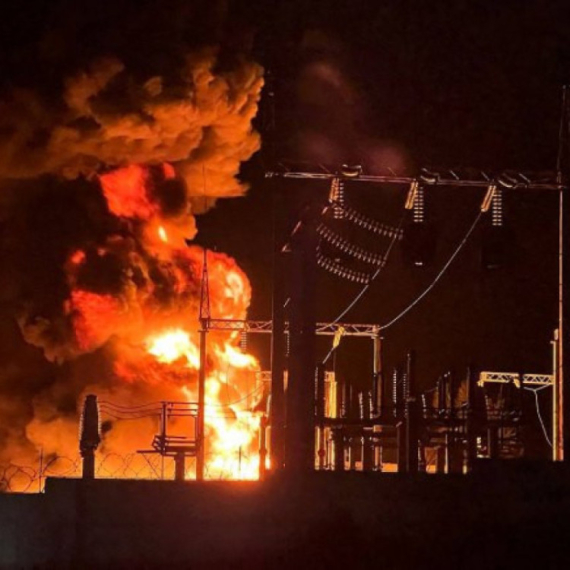
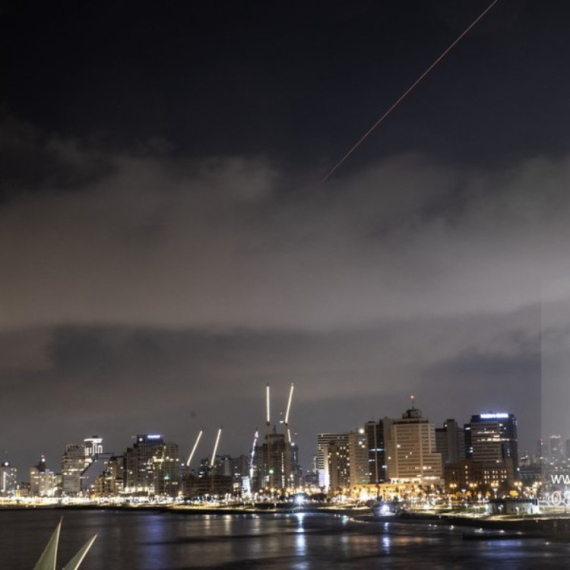

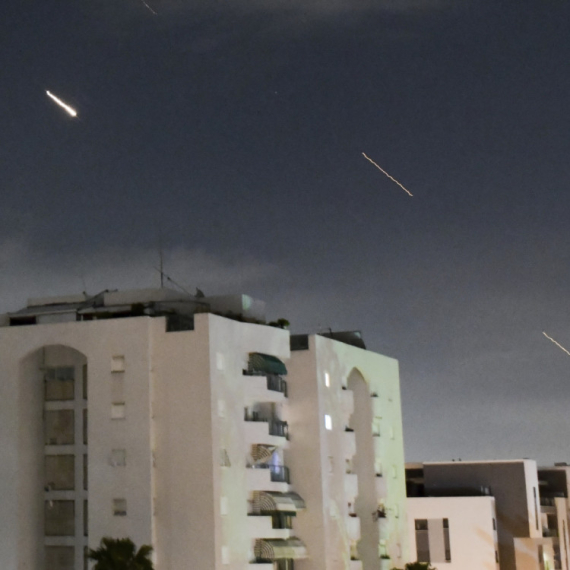



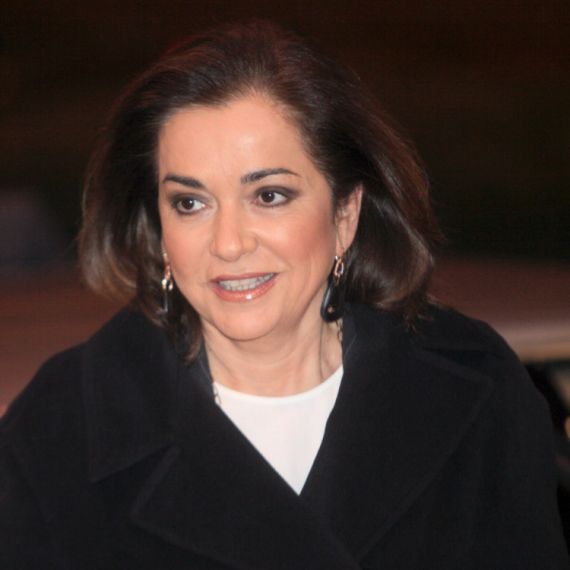
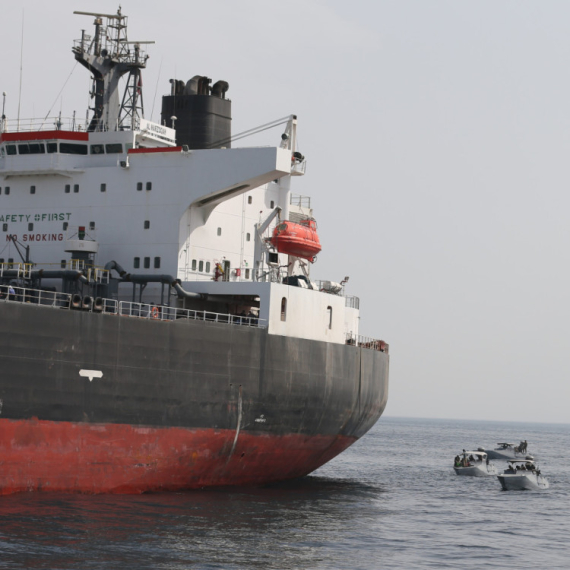
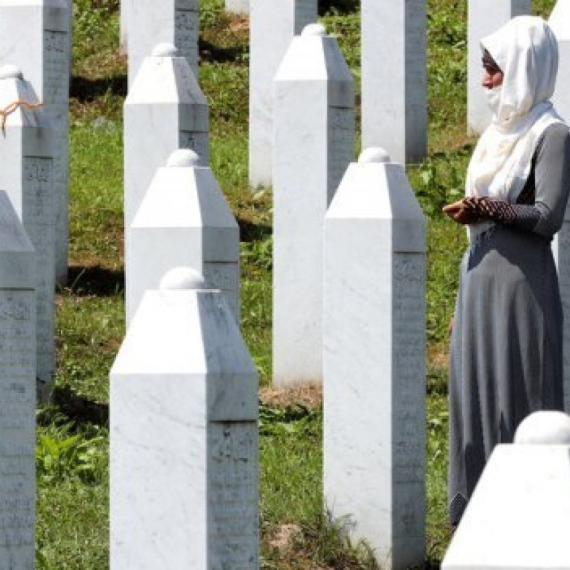
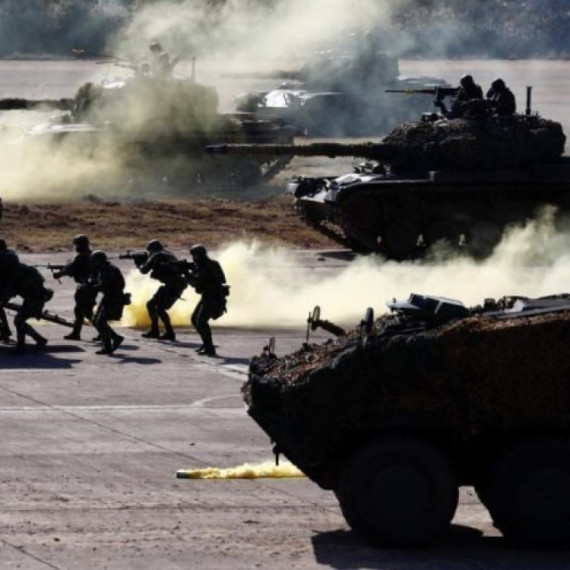

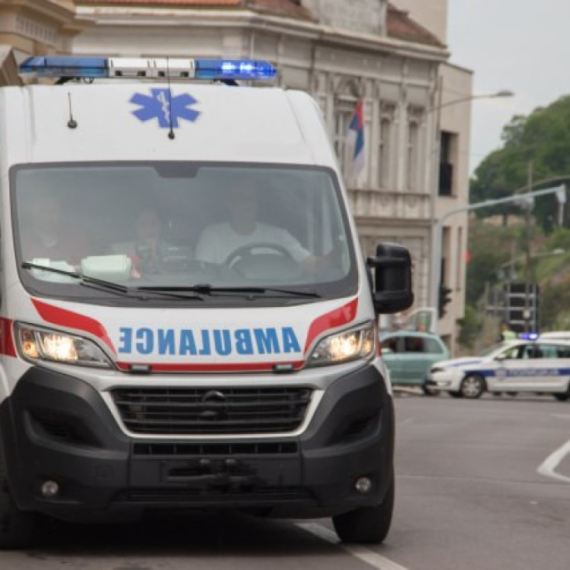
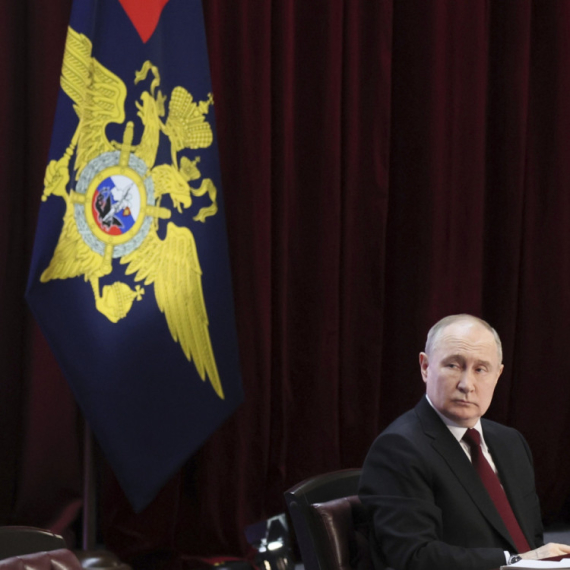



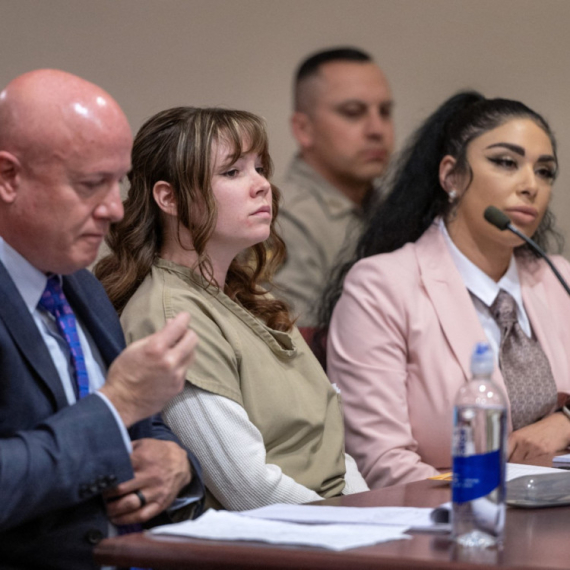














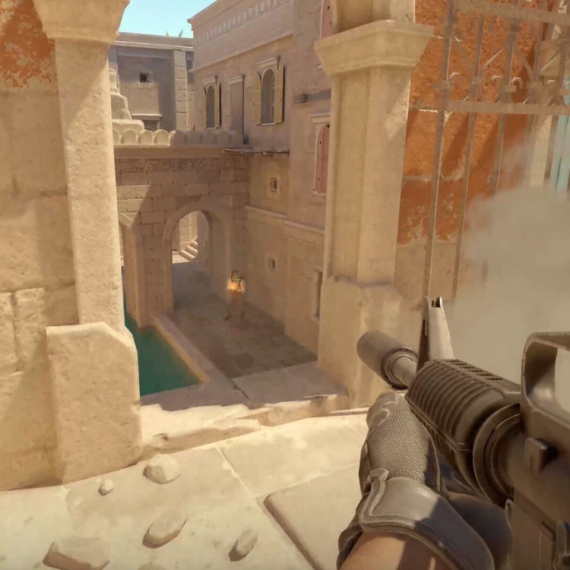

Komentari 11
Pogledaj komentare